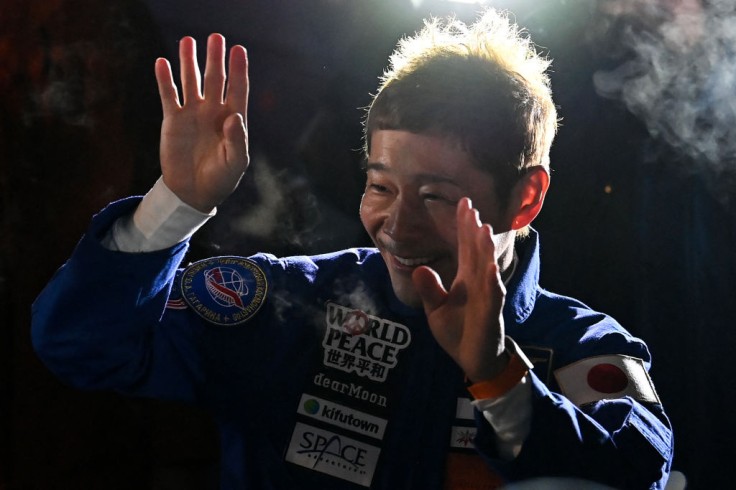
Aerospace companies, such as Blue Origin, SpaceX, Virgin Galactic, and many more have publicly expressed their intention to contribute towards space tourism and bring tourists in the International Space Station (ISS).
International Space Station Tourism
With that, recently, an individual purchased his way through the International Space Station through the availability of space tourism.
This space voyage was funded solely by him and has uploaded multiple vlogs on YouTube documenting his unusual stay in space.
The YouTube videos have illustrated daily living in space that answered numerous frequently asked questions to astronauts.
ISD Space Tourist: Yusaku Maezawa
After arriving at the International Space Station (ISS) last week, amateur astronaut Yusaku Maezawa is settling in.
Maezawa, a self-made billionaire who made his wealth in online fashion retail, came to the ISS aboard through a Russian Soyuz spacecraft alongside fellow Japanese citizen Yozo Hirano, a film producer who will document Maezawa's 11 days on the orbiting outpost.
Alexander Misurkin, a veteran cosmonaut, is also a part of the space tourism expedition.
Yusaku Maezawa, 46, posted an amazing time-lapse video showcasing the station making a complete orbit of Earth a few days into his once-in-a-lifetime journey.
The ISS revolves around Earth 16 times in a 24-hour period, or once every 90 minutes, at a speed of roughly 17,000 mph, as per Digital Trends.
Maezawa's time-lapse, on the other hand, compresses a single orbit into 24 seconds, with amazing results.
Took a time lapse of Earth from the ISS window.
— Yusaku Maezawa (MZ) (@yousuckMZ) December 12, 2021
This is exactly an entire orbit around Earth. Breathtaking. pic.twitter.com/54L8lwdmLr
As the station completes a whole orbit of our globe, the footage begins with a gorgeous sunrise and ends with an equally beautiful sunset.
In the space between, we can see Earth passing 250 miles below, as the station's solar arrays shift to the ideal position for absorbing solar energy.
How Astronauts Go To The Bathroom?
Last year, NASA astronaut Chris Cassidy said that the most frequently asked question he receives is, "How do you go to the bathroom in space?"
The amateur Japanese astronaut recently published all of the steps for a successful restroom visit in microgravity with his 10 million Twitter followers.
As pee another report by Digital Trends, due to the lack of gravity, engineers working on the space toilet had to think about how to keep feces from drifting away and contaminating the station.
Maezawa demonstrated the suction mechanics utilized for both number one and twos in his extremely instructive YouTube vlog.
The former is handled by a hose, while the latter needs users' to sit on a small, uncomfortable-looking seat that is clearly not in the same league as Maezawa's native Japan's plush creations.
The rail connecting to the floor is maybe the most important component of the large bathroom. This keeps the astronaut's feet from floating around while they go about their job.
The ISS had two toilets for a long time, but that number climbed to three last year with the arrival of a new one with a somewhat more ergonomic design than the one in Maezawa's vlog.
Since the station opened two decades ago, a counter on one of the older toilets revealed that it had been used 40,000 times.
The Japanese entrepreneur arrived aboard the International Space Station (ISS) for an 11-day stay last week.
Yusaku Maezawa said the most difficult part of using the toilet was getting everything in the right sequence. He meant that users should switch off the suction mechanism when they're finished, not before.









